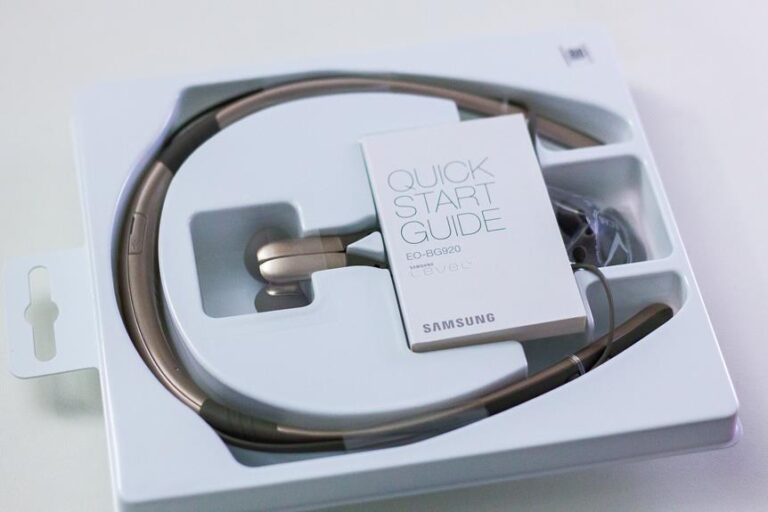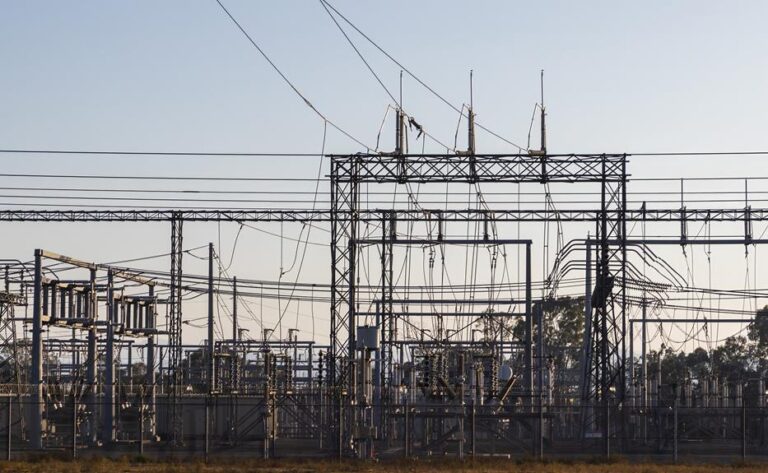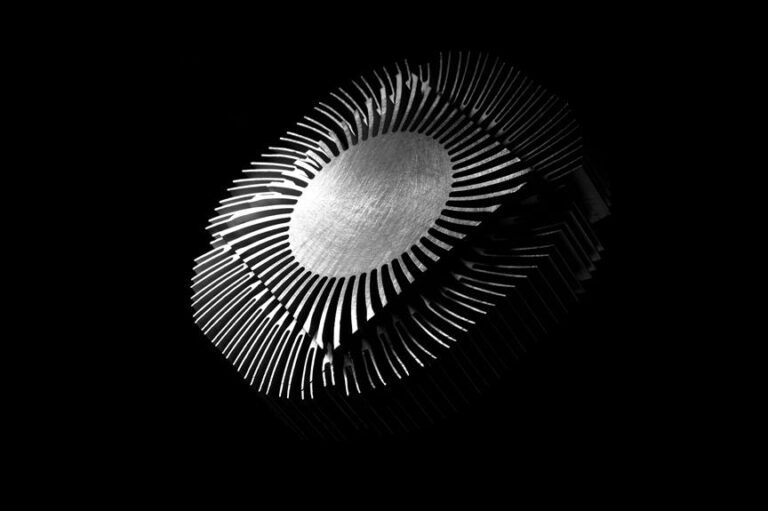Maximize Airflow: The Throttle Body Upgrade
Just as our lungs inhale oxygen to fuel our bodies, a vehicle's engine requires a precise blend of air and fuel for optimal performance. The throttle body, akin to our respiratory system's trachea, modulates this vital air intake. This article will elucidate the science behind throttle bodies, guide you through performance-enhancing upgrades, and discuss the resultant benefits, empowering you to maximize your vehicle's airflow and unlock its true potential.
Key Takeaways
- Upgrading the throttle body can lead to noticeable gains in horsepower and torque.
- Throttle bodies regulate air intake, operating like a door to control airflow.
- Understanding the principles of airflow and fluid dynamics allows for the optimization of throttle bodies.
- Regular maintenance, including keeping the throttle body clean and addressing any issues promptly, is essential for optimal performance.
Understanding the Role of the Throttle Body in Engine Performance
The throttle body, a critical component of the engine, plays a pivotal role in controlling the amount of air that enters the engine, thereby significantly influencing its performance. This part, usually located between the air filter and the intake manifold, uses a butterfly valve to regulate the air intake, which, in turn, adjusts the fuel-air mixture required for combustion.
Engine efficiency and power output are directly proportional to the amount of air that the engine can intake. Consequently, a throttle body upgrade can provide an effective solution for those seeking improved engine performance. A larger throttle body allows more air to be funneled into the engine, resulting in a more potent combustion process. This upgrade can lead to noticeable gains in horsepower and torque, making it a popular modification among car enthusiasts.
However, it is essential to understand that a throttle body upgrade should be considered in conjunction with other engine modifications. This is because a larger throttle body alone cannot guarantee improved performance if the engine cannot handle the increased air intake.
As we transition into the subsequent section, we delve deeper into the science behind airflow and throttle bodies, shedding light on the intricate dynamics involved in this critical aspect of engine performance.
The Science Behind Airflow and Throttle Bodies
In our exploration of airflow and throttle bodies, we will delve into the physics that govern these components, and how they influence engine performance. The throttle body is the gateway where air enters the engine. It regulates air intake, operating much like a door, opening and closing to control airflow. This is vital, as the balance between air and fuel determines combustion efficiency.
Performance throttle bodies allow for greater flow rates. Larger in diameter, they let in more air, which when mixed with fuel, results in more powerful combustion. However, this upgrade should be calculated. An over-sized throttle body can decrease air velocity, negatively impacting power output at lower RPMs.
Airflow itself is a complex interplay of fluid dynamics. As air enters the throttle body, it experiences changes in pressure and velocity. Bernoulli's principle states that as the speed of a fluid (in this case air) increases, its pressure decreases. This pressure differential is critical in creating a vacuum effect, pulling more air into the combustion chamber.
Understanding these principles allows for the optimization of throttle bodies. A well-chosen upgrade not only enhances performance but also contributes to fuel efficiency, liberating drivers from unnecessary fuel consumption.
Steps to Upgrade Your Throttle Body for Maximum Airflow
Several crucial steps need to be meticulously followed to ensure a successful throttle body upgrade for maximum airflow. The process starts with the selection of a suitable throttle body that aligns with your vehicle's specifications.
Then follows the air intake enhancement phase, which involves adjusting the vehicle's air intake system to accommodate the new throttle body. The final step is the installation and calibration of the throttle body, which must be done with precision to ensure optimal performance.
Here's a breakdown of the steps:
| Step | Description | Importance |
|---|---|---|
| Select Throttle Body | Match to vehicle's specifications | Ensures compatibility |
| Enhance Air Intake | Adjust system for new throttle body | Maximizes airflow |
| Install & Calibrate | Precise installation and calibration | Guarantees optimal performance |
Each step is integral to the liberation of your vehicle's potential, resulting in improved engine performance. The process is technical, requiring detailed analysis and understanding, but the outcome justifies the efforts.
As we transition into our next discussion, we'll delve into the key benefits of a throttle body upgrade, further illustrating the importance of these upgrades in maximizing airflow.
Key Benefits of a Throttle Body Upgrade
Upgrading your throttle body offers a multitude of benefits, including increased horsepower, improved fuel economy, and enhanced vehicle performance. With a larger throttle body capable of funneling more air into your engine, you not only achieve better fuel combustion but also enhance the vehicle's torque and acceleration capabilities.
When you upgrade your throttle body, it also paves the way for other modifications such as forced induction. With forced induction, you can introduce more air into the combustion chamber, allowing your engine to burn more fuel and thus generate more power. A throttle body upgrade is a prerequisite for this process, as it ensures your engine can handle the increased airflow without being choked.
Moreover, a throttle body upgrade can improve the vehicle's throttle response. This manifests as a more immediate and smooth acceleration when you apply pressure to the gas pedal. Additionally, a throttle body upgrade often results in a more efficient air-fuel mixture, which promotes cleaner emissions, thus contributing to environmental preservation.
Essential Maintenance Tips for Your Upgraded Throttle Body
While the benefits of an upgraded throttle body are numerous, it is imperative to follow certain maintenance tips to ensure the continued performance and longevity of this essential vehicle component. The first tip is to ensure that the throttle body is kept clean. Over time, carbon deposits can accumulate and affect the air-fuel mixture, leading to decreased performance and efficiency. A regular cleaning schedule, using a throttle body cleaner, will protect the integrity of the throttle body and maintain optimal airflow.
Secondly, the performance intercooler piping should be inspected regularly. This inspection should include checking for leaks or damage that could affect the pressure and temperature of the air entering the throttle body. Any issues should be addressed promptly to prevent degradation of the throttle body's performance.
Lastly, a professional calibration after the installation of an upgraded throttle body is vital. This step is critical to ensure the proper alignment of the throttle plate to the throttle position sensor. A poorly calibrated throttle body can lead to inefficient fuel usage and decreased power output. Regular follow-up calibrations are also recommended to maintain the best possible performance from your upgraded throttle body.
Frequently Asked Questions
Is There a Specific Brand of Throttle Body Upgrade That Is Recommended for Certain Types of Vehicles?
Yes, certain brands are recommended for specific vehicles. For instance, BBK Performance is popular for Ford models, while Skunk2 Racing is preferred for Hondas. Always choose one compatible with your vehicle's specifications.
Can a Throttle Body Upgrade Affect My Vehicle's Fuel Economy?
Yes, a throttle body upgrade can potentially impact your vehicle's fuel economy. It can enhance efficiency by improving airflow, but may also increase fuel consumption due to the engine's increased power output.
How Often Should a Throttle Body Upgrade Be Performed for Optimal Performance?
Throttle body upgrades aren't routine maintenance tasks but performance enhancements. They should be performed as needed, based on vehicle performance evaluations, to ensure optimal airflow and fuel efficiency. Regular inspections are recommended.
Are There Any Potential Negative Effects or Risks Associated With a Throttle Body Upgrade?
Potential negative effects of a throttle body upgrade may include increased fuel consumption and possible engine damage if not properly installed or calibrated. However, these risks can be minimized with professional installation and regular maintenance.
How Does the Climate or Geographical Location Impact the Performance of an Upgraded Throttle Body?
Climate or geographical location can significantly influence throttle body upgrade performance. In regions with extreme temperatures or high altitudes, the air density changes, potentially reducing the efficiency and effectiveness of the air-fuel mixture.
Conclusion
In conclusion, understanding the functionality of the throttle body and its significant role in engine performance is imperative. Upgrading the throttle body can substantially enhance airflow, thereby boosting engine efficiency. The benefits of this upgrade are numerous, encompassing improved horsepower, torque, and fuel economy. However, it is crucial to maintain the upgraded throttle body meticulously to ensure its longevity and optimal performance, thereby achieving an effective balance between investment and performance.






